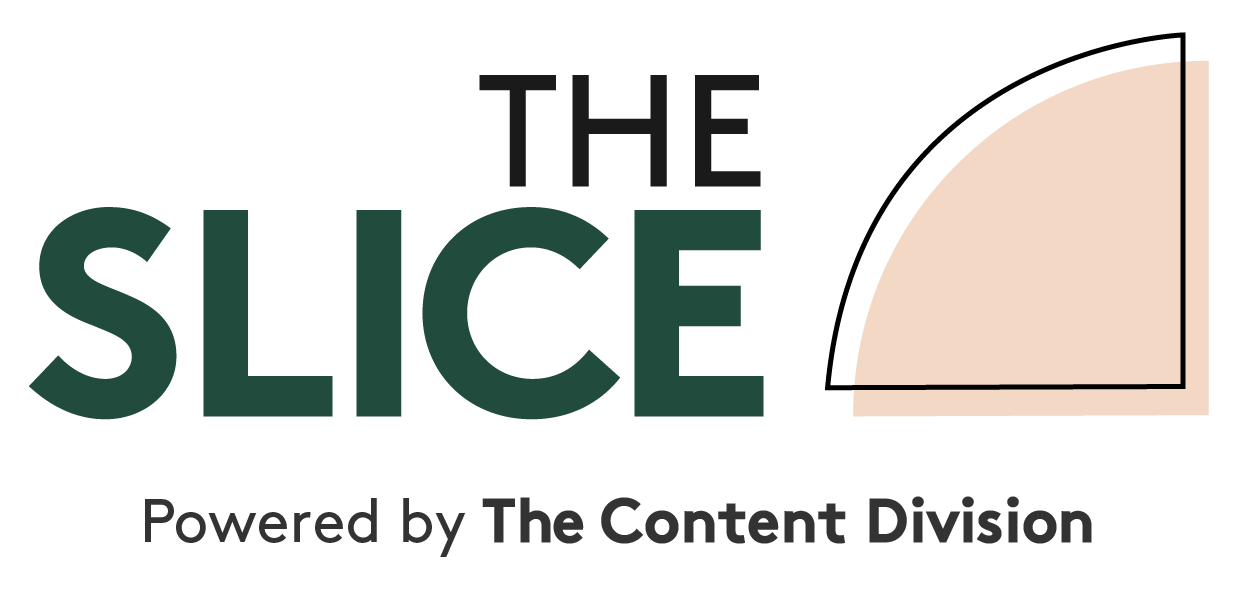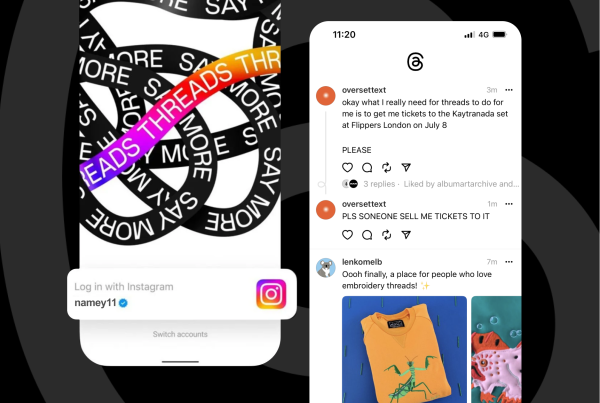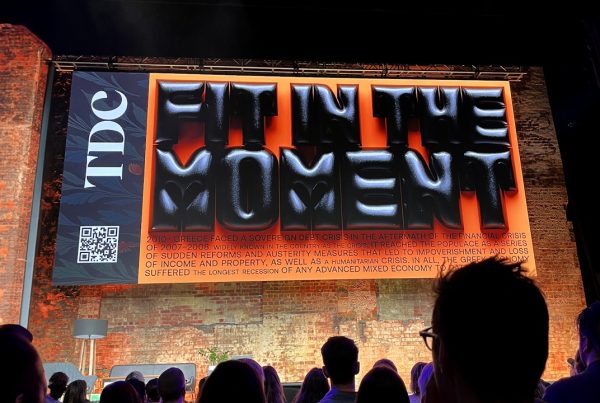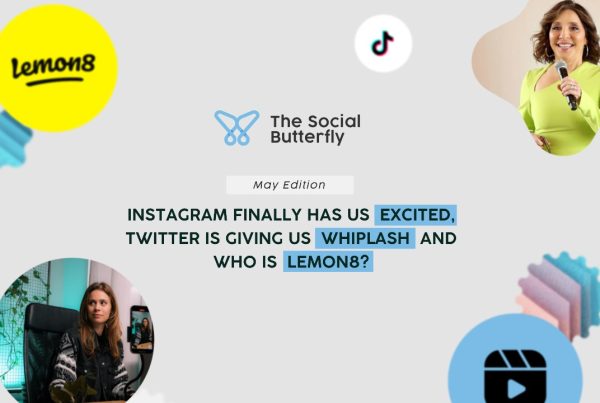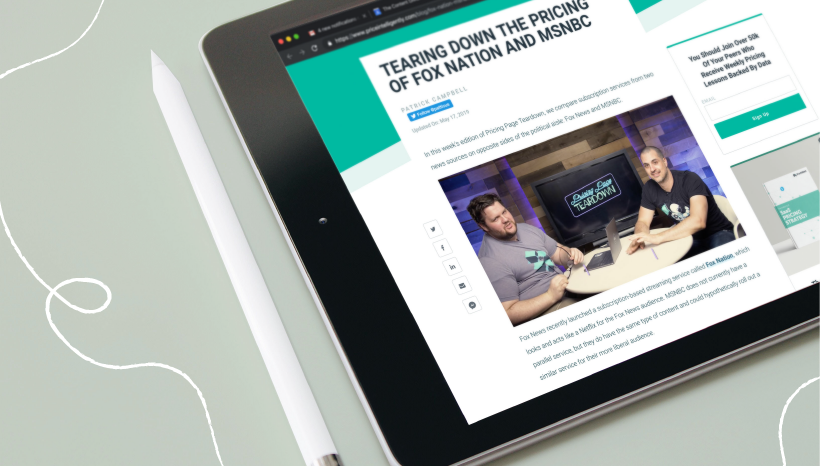
The transition from brands simply creating content programs to becoming fully blown publishers and even media companies has absolutely exploded in the past 12 months.
And why not? The idea that a multi-channel approach to brands’ marketing can include actual shows designed to entertain, inform and hold attention, while creating engaging moments, data collection behemoths and retargeting opportunities makes perfect sense.
For right or wrong a stack of companies have launched video series, podcasts, content platforms and more with differing perceptions of success. Mailchimp, best known as an email platform but more of an actual marketing cloud solution, has taken the idea and sprinted with it, creating 13 original series across podcast and video formats in 2019. Thirteen!
While that sounds completely overblown and even bordering on insane, Mailchimp says since concentrating on these tactics its enterprise clients are paying faster and users are spending way more time on the platform – a great measure of the affinity its clients have for the brand and the tools.
But look – are Australian brands about to run out and build a media empire? Absolutely not. But there is an argument to say they could (and probably should) be looking at the niche audience opportunities for their products, and focusing on creating longer-form moments that make those people feel something good about their brand.
One of the best examples I’ve come across recently is Pricing Page Teardown, a show created by ProfitWell’s Price Intelligently, a company that helps subscription companies acquire and keep customers.
What is Pricing Page Teardown?
A better question to ask is why? Price Intelligently knows some of the biggest pain points subscription model businesses face is conversion at the best value price point, and ensuring customers stay subscribed at that price point.
Price Intelligently also knows that how these companies present their price offering can make or break a potential customer’s perception of value, how they feel about the purchase, and whether they actually convert at all.
So Price Intelligently created the web series Pricing Page Teardown to, quite literally, tear down the pricing page designs and tactics of some of the world’s most successful subscription-based businesses.
From a content strategy perspective it’s an absolute banger. It takes the customers’ pain points and their company’s area of expertise and mashes them together with a unique tilt that sees them deliver super-valuable insights in a really entertaining and personal way. Strategically it positions the company as being a trusted advisor and the authority in the topic, and tactically it communicates in a way that holds their ideal customers’ attention. *kisses fingers*
The show stars hosts CEO Patrick Campbell and General Manager Peter Zotto as the pair folds through businesses such as Netflix, Salesforce, Spotify, Slack, New York Times and countless others to see what works and what absolutely sucks about the pricing pages on their websites.
The format is simple – two hosts on camera having a pretty casual discussion. The production value of the video is fine, but the graphics used to breakdown the pricing pages is where the show really hooks its core audience.
The time and effort put into this aspect of the show is well worth it – it’s where the audience will spend the most time understanding just what works and what doesn’t for their subscription businesses.
What Pricing Page Teardown does really well
There are arguments for and against the things in this show – but one of them has to be their tone of voice. In SaaS sales, especially in B2B, tone of voice could be one of the most undervalued differentiators in the industry. You can read an awesome breakdown of why that is here.
I know from working with B2B businesses all the time that the rush to safety in tone of voice can have devastating effects on marketing and sales cutting through to, well, anybody at all. With Pricing Page Teardown, you can almost see their ideal audience (and customers) sitting in a boardroom having the exact same conversations in the exact same way. Casually but intently crunching the designs, the words and the numbers to find the sweet spots, the trust triggers and the things that will create long-term valuable customers that stay.
So tone of voice is a big tick.
Something that can go either way is talent. A CEO and a GM hosting? It’s good value if you can get it and the staff are capable in front of a camera. But the nightmare scenario is when the CEO wants to host it but just doesn’t have the presence to make it work. There’s no trouble on that front with Pricing Page Teardown, but the struggle is real for a lot of brands.
The other issue is making a key talent the face of anything in a business when that talent may up and leave at any point. I lean towards getting the capable people in your business to be the face of these things but be wary – you need to work out the risks of that before you make the show. It will be unique to your business so weigh it up.
For a lot of shows, consistency is key. The brands that make one show and attract five viewers then dump it as a failure are squandering the opportunity. The purpose of niche content built consistently over time is not to be a fleeting moment in someone’s day. It’s to be there every day, week or month when they expect it. Or to build a bingeable suite of shows that act as an evergreen resource a company can use over and over again.
Pricing Page Teardown actively collects subscribers and promotes itself like a show would, with teasers and promos that build to the event. If your thing failed because you did an email and a social post the day it came out, then you’re probably still not in the correct frame of mind. It’s a show. It needs trailers, teasers, interviews and promos to make it work over and over again. Why should people be curious about your thing?
With the increase in brands taking a content and show-centric approach to their marketing, it’s more vital than ever to ensure those shows are audience-focused and entertaining. If it’s not someone’s favourite thing to watch about the subject, why make it at all?
